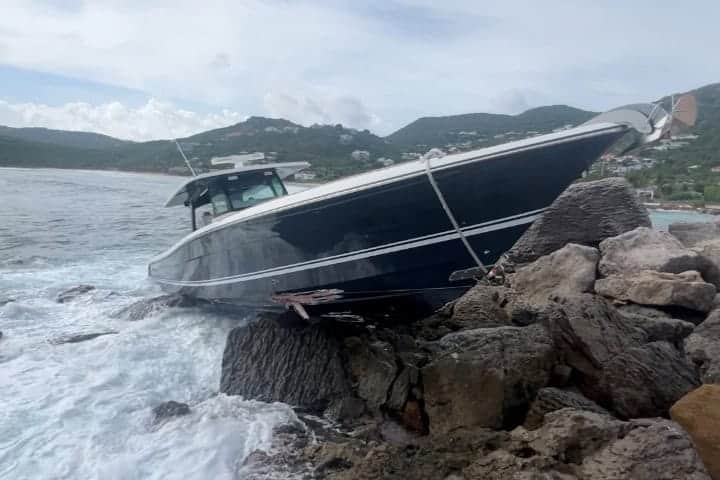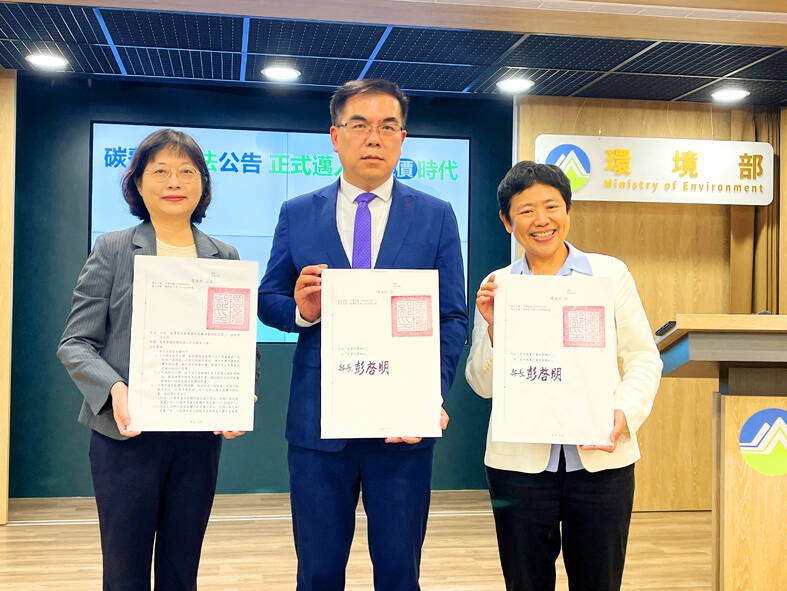Report on MB92 Barcelona’s Corporate Social Responsibility and Alignment with Sustainable Development Goals
MB92 Barcelona has been awarded the 2025 President Macià Placa de Treball by the Catalan government in recognition of its extensive Corporate Social Responsibility (CSR) strategy. This report outlines the company’s initiatives, with a specific focus on their direct contributions to the United Nations’ Sustainable Development Goals (SDGs).
Social and Economic Contributions Aligned with SDGs
The company’s efforts in labor, training, and community engagement demonstrate a strong commitment to several key SDGs.
- SDG 8: Decent Work and Economic Growth: MB92 was recognized for its progressive labor policies. The shipyard’s economic impact includes:
- Direct employment for over 200 individuals.
- Indirect support for an additional 1,000 jobs within the community.
- SDG 4: Quality Education: The company has made significant investments in professional development, including:
- An investment exceeding €500,000 in various training programs.
- The “FP on Board” vocational training program, providing students with practical work experience in partnership with other organizations, contributing to SDG 17: Partnerships for the Goals.
- SDG 3: Good Health and Well-being & SDG 11: Sustainable Cities and Communities: MB92 actively engages in community development projects, such as:
- Donating a coastal rowing boat to the Nereida Project, which supports the physical and mental well-being of breast cancer patients.
- Organizing a seasonal holiday toy drive for local residents of Barceloneta, fostering community cohesion.
Environmental Initiatives and Sustainability Goals
MB92 has implemented a comprehensive environmental strategy that aligns with global sustainability targets, particularly those concerning energy, infrastructure, and marine ecosystems.
- SDG 7: Affordable and Clean Energy & SDG 9: Industry, Innovation, and Infrastructure: The shipyard has focused on transitioning to sustainable energy and infrastructure through:
- Operating all yard berths on 100% renewable energy.
- Connecting vessels to the local power grid to eliminate on-site fuel consumption.
- Replacing combustion machinery with electric alternatives.
- SDG 12: Responsible Consumption and Production & SDG 14: Life Below Water: The company is actively working to minimize its environmental footprint and enhance marine biodiversity. Key initiatives include:
- Implementing advanced waste management systems.
- Reducing noise and light pollution in the port area.
- Launching the “Refit for the Future” program in 2023, a sustainable refit model designed to decrease the environmental impact of superyachts.
- Installing artificial reefs within the port to promote marine life.
1. Which SDGs are addressed or connected to the issues highlighted in the article?
-
SDG 4: Quality Education
- The article highlights MB92’s commitment to education and skill development through its investment of over €500,000 in training programs and the creation of the “FP on Board” vocational training program for students.
-
SDG 7: Affordable and Clean Energy
- The company’s initiative to power all its yard’s berths with 100% renewable energy directly addresses the shift towards sustainable energy sources.
-
SDG 8: Decent Work and Economic Growth
- The article mentions that the shipyard directly employs over 200 people and supports an additional 1,000 jobs indirectly, contributing to local economic growth and employment. The company is also recognized for its “forward-thinking labor policies.”
-
SDG 11: Sustainable Cities and Communities
- MB92’s community engagement, such as the holiday toy drive for Barceloneta residents and the donation of a coastal rowing boat, contributes to community well-being. Additionally, efforts to reduce noise and light pollution improve the quality of the urban port environment.
-
SDG 12: Responsible Consumption and Production
- The company’s focus on improving waste management and launching the “Refit for the Future” program to decrease superyachts’ environmental footprint aligns with promoting sustainable practices and reducing waste generation.
-
SDG 14: Life Below Water
- Several initiatives directly impact marine ecosystems. These include installing artificial reefs in the port, improving waste management to prevent pollution, and connecting vessels to the local power grid to eliminate on-site fuel use, thereby reducing marine pollution.
2. What specific targets under those SDGs can be identified based on the article’s content?
-
Target 4.4: Increase the number of youth and adults with relevant skills for employment
- This target is addressed through the company’s investment of over €500,000 in training and the “FP on Board” program, which provides students with vocational training and work experience for employment in the maritime industry.
-
Target 7.2: Increase substantially the share of renewable energy
- MB92’s action of ensuring all its berths “now operate on 100% renewable energy” is a direct contribution to this target.
-
Target 8.5: Achieve full and productive employment and decent work for all
- The creation of over 200 direct jobs and the support of 1,000 indirect jobs, combined with “forward-thinking labor policies,” directly relates to achieving productive employment and decent work within the local community.
-
Target 11.6: Reduce the adverse per capita environmental impact of cities
- The article mentions specific actions to “reduce noise and light pollution” and “improve waste management,” which are efforts to mitigate the environmental impact of the shipyard’s operations on the surrounding urban area of Barcelona.
-
Target 12.5: Substantially reduce waste generation
- The initiative for “improving waste management” directly aligns with this target by aiming to reduce waste through better handling and processes.
-
Target 14.1: Prevent and significantly reduce marine pollution
- Connecting vessels to the local power grid to “eliminate on-site fuel use” and improving waste management are direct measures to reduce marine pollution from land-based activities.
-
Target 14.2: Protect and restore ecosystems
- The installation of “artificial reefs in the port” is a proactive measure to manage and protect marine and coastal ecosystems by creating new habitats.
3. Are there any indicators mentioned or implied in the article that can be used to measure progress towards the identified targets?
-
Indicator for Target 4.4
- Financial investment in training: The article specifies an investment of “more than €500,000 in training programs.”
- Number of vocational programs: The existence of the “FP on Board” program serves as a qualitative indicator.
-
Indicator for Target 7.2
- Share of renewable energy: The article provides a precise figure: “100% renewable energy” for all the yard’s berths.
-
Indicator for Target 8.5
- Number of jobs created/supported: The article quantifies this with “more than 200 people” directly employed and “an additional 1,000 jobs indirectly” supported.
-
Indicator for Target 11.6
- Implementation of pollution reduction policies: The article mentions the implementation of initiatives for “reducing noise and light pollution” and “improving waste management.”
-
Indicator for Target 12.5
- Implementation of waste reduction programs: The article cites the company’s work on “improving waste management” as a key environmental initiative.
-
Indicator for Target 14.1/14.2
- Number of ecosystem restoration projects: The specific action of having “installed artificial reefs in the port” serves as a concrete indicator.
- Adoption of clean shore power: The policy of connecting vessels to the local power grid to “eliminate on-site fuel use” is a measurable action to reduce marine pollution.
4. Create a table with three columns titled ‘SDGs, Targets and Indicators’ to present the findings from analyzing the article.
| SDGs | Targets | Indicators |
|---|---|---|
| SDG 4: Quality Education | 4.4: Increase the number of youth and adults with relevant skills for employment | Investment of over €500,000 in training; Establishment of the “FP on Board” vocational program. |
| SDG 7: Affordable and Clean Energy | 7.2: Increase substantially the share of renewable energy | 100% of berths operate on renewable energy. |
| SDG 8: Decent Work and Economic Growth | 8.5: Achieve full and productive employment and decent work for all | Direct employment of 200+ people; Indirect support for 1,000 jobs. |
| SDG 11: Sustainable Cities and Communities | 11.6: Reduce the adverse per capita environmental impact of cities | Implementation of measures to reduce noise and light pollution; Improved waste management systems. |
| SDG 12: Responsible Consumption and Production | 12.5: Substantially reduce waste generation | Implementation of improved waste management; Launch of the “Refit for the Future” program. |
| SDG 14: Life Below Water | 14.1: Prevent and significantly reduce marine pollution 14.2: Protect and restore ecosystems |
Connecting vessels to the local power grid to eliminate on-site fuel use; Installation of artificial reefs in the port. |
Source: the-triton.com






